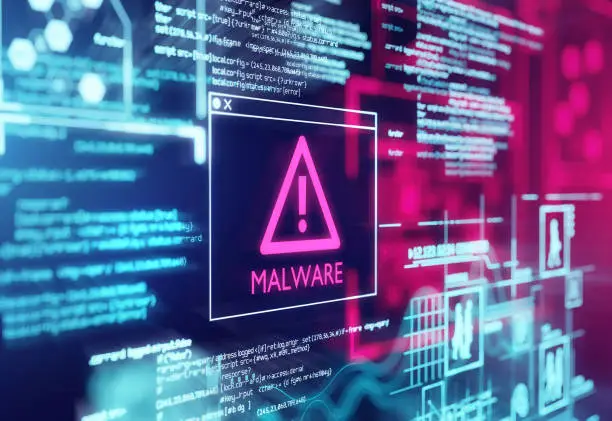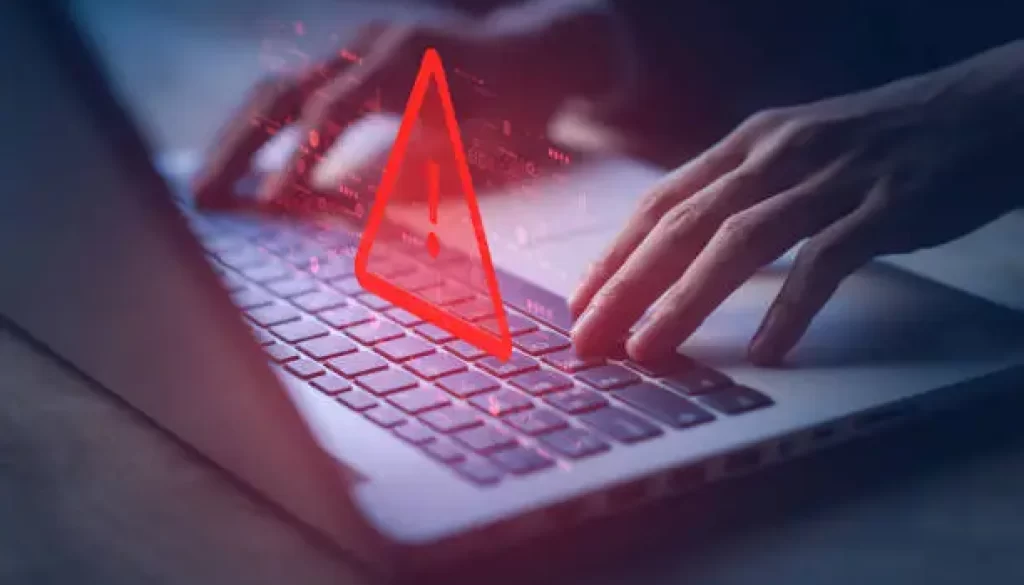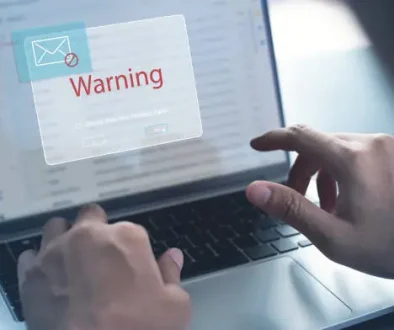Demystifying Malware: Understanding Viruses, Trojans, and Prevention Strategies
What Is Malware?
In the current technological era coming across different computer problems related to malware and cyber tax is common. According to AV-Test Institute, there are more than one billion malware programs available, and new malware programs are detected regularly. In this article, we’ll understand what a malware program is. Then we’ll learn what exactly viruses and Trojans are. Then we will see how they operate in a system and different types of viruses and Trojans. We’ll also explore how to detect the activity of such programs, and lastly, we will see how to prevent our system from getting infected by such programs.
Malware is a malicious software that is programmed to cause damage to a computer system, network, and hardware devices. Many malicious programs like Trojan viruses, worms, and bots which cause damage to the system are known as malware. Most of the malware programs are designed to steal information from the targeted user or to steal money from the target by stealing sensitive data.

Understanding Viruses and Trojans
Let’s take a look at the introduction for two different types of malware: virus and Trojan. Firstly, let’s take a look at what exactly a virus program is. A computer virus is a type of malicious program that, on execution, replicates itself. They get attached to different files and programs, which are termed as host programs by inserting their code. If the attachment succeeds, the targeted program is termed as infected with a computer virus. Now let’s take a look at the Trojan horse. A Trojan horse program is a program that disguises itself as a legitimate program but harms the system on installation. They hide within attachments and emails, then transfer from one system to another, creating backdoors into a system to allow the cybercriminal to steal our information.
How They Operate?
After getting installed into our system, firstly, we have virus programs. The computer virus must contain two parts to infect the system. The first is a search routine, which locates new files and data that are to be infected by the virus program, and the second part is known as the copy routine, which is necessary for the program to copy itself into the targeted file, which is located by the search routine. Now let’s take a look at the Trojan horse’s functioning. For Trojan horses, entry into our system is through emails that may look legitimate but may have unknown attachments. When such files are downloaded into the device, the Trojan program gets installed and infects the system. They also infiltrate a system upon the execution of infected applications or executable files, launching an attack on the system.
Types of Malicious Entities
Now that we have a clear understanding of what viruses and Trojans entail, let’s delve into the various categories of these malicious entities. We’ll start by exploring different strains of viruses, beginning with the notorious boot sector virus. This insidious type of virus inflicts damage upon the system’s booting process by infecting the master boot record (MBR), thereby targeting the hard disk. Another category is the macro virus, which embeds itself within document-related data and activates upon opening the infected file, with the capacity to self-replicate and spread across the system. Lastly, the direct action virus attaches itself to executable files, activating when these files are executed and subsequently infecting the system. This virus is non-resident, as it exits the system after completing its file infection process. Moving on to the world of Trojans, the backdoor Trojan takes the spotlight. These Trojans are engineered to create a clandestine entry point within the system when an infected program is executed, granting remote access to hackers. This access allows cybercriminals to pilfer sensitive data and employ it for unlawful purposes. Next in line is the Quick Source Trojan, which infiltrates systems through deceptive pop-ups encountered on the internet, baiting users into revealing personal information for various transactions or schemes, which, in turn, can grant remote access to the system for cybercriminals. The Ransom Trojan concludes our discussion of Trojans, causing system access denial and impairing system functionality. In this scenario, the cybercriminal demands a ransom from the victim to remove the Trojan from the device.
Detecting Malware Activity
Shifting our focus to the detection of virus and Trojan activities in a system, there are several key indicators. For viruses, a sluggish system performance and frequent application freezes are red flags, signaling the presence of an infection. Viruses can also compromise sensitive data, potentially leading to unexpected logouts and data corruption. Frequent system crashes due to viral infections can also disrupt the operating system. In the case of Trojans, frequent system crashes and delayed system responses are telltale signs. Increased pop-up activity may indicate Trojan activity, as can modifications to system applications and alterations in the desktop appearance.
Notable Cyber Attack
Now, let’s highlight a well-known cyber attack involving a virus and a Trojan horse. The MyDoom virus, which emerged in early 2004, wreaked havoc as it impacted over 50 million systems. This malicious program established a network to disseminate spam emails and surreptitiously gain backdoor access to these systems. On the Trojan side of the spectrum, the Emotet Trojan program specialized in financial theft and the illicit acquisition of bank-related information.
Preventive Measures
Now, let’s delve into some proactive measures to thwart the infiltration of viruses and fend off Trojan attacks. The implementation of antivirus software and routine virus scans stands as a foundational approach to safeguarding a system. Steering clear of unverified websites contributes to bolstering defenses against viruses. Regular updates for both system drivers and the operating system itself can significantly enhance virus prevention. When it comes to countering Trojans, the usage of certified software from reputable sources plays a pivotal role in warding off Trojan-related threats. Additionally, refraining from interacting with random internet pop-ups constitutes another vital step in the protection process. The deployment of antivirus software and firewalls provides an additional layer of security against Trojan horses.
To conclude, this discussion has encompassed a diverse range of insights. We’ve drawn distinctions between the primary objectives of viruses and Trojan horses, recognizing that viruses seek to compromise data and system information, whereas Trojan horses focus on data theft. Viruses generally exert a more severe impact when compared to Trojan horses. Viruses are non-remote programs, whereas Trojan horses are remote accessed. Viruses have the ability to replicate themselves to harm multiple files, whereas Trojans do not have replication ability.
I hope this article has been informative for you, and I’d like to thank you for viewing.



